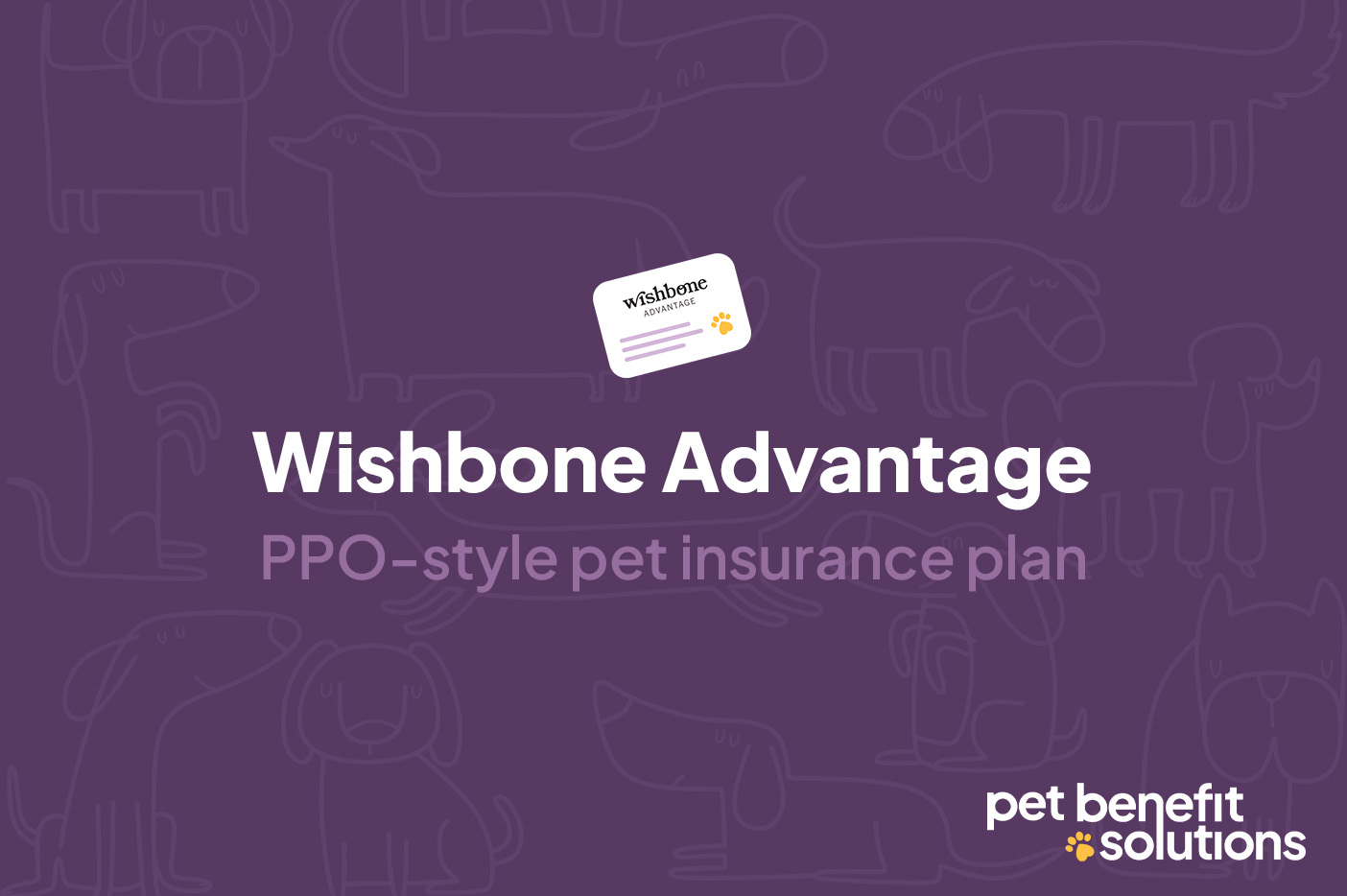
Maximizing ROI on Voluntary Benefits
As budgets tighten, voluntary benefits must prove their ROI - or get the ax. Benefits should lead to higher job satisfaction, lower turnover, and other positive employee metrics. But how do you measure (and maximize!) that correlation?
Maximize Voluntary Benefits Through ROI Analysis
As budgets tighten, benefits directors and decision makers are doubling down on the products that bring the most value to their company and employees.
Benefits must lead to higher job satisfaction, lower turnover, and other positive employee metrics. The question is, how do you measure that correlation?
The answer goes far beyond the standard employee utilization metrics.
Soft ROI
To start the conversation, Landrum HR divides the data into hard ROI and soft ROI. Hard ROI measures quantifiable outcomes. We’ll get back to that soon.
Soft ROI analyzes:
- Employee engagement and satisfaction
- Positive company culture
- Quality of job applicants and new hires
But here’s the challenge: How can you measure the ROI of the unmeasurable?
While there’s no equation or concrete KPI, you can collect anecdotal evidence. What kind of feedback do you get from managers? How do employees respond to employee pulse surveys?
When you have that information, you can make correlations. For a new benefit, you can compare the data before the implementation to the data after the implementation. For an existing benefit, you can compare non-enrollees to enrollees. Is there a noticeable difference in positive responses and satisfaction between the groups?
Hard ROI
Hard ROI, as mentioned above, measures quantifiable outcomes. For greatest clarity, Joe Flanagan of VelvetJobs recommends dividing hard ROI into two subcategories:
|
Employee-centric measures (measure employee satisfaction) |
Business-centric measures (measure business growth) |
|---|---|
|
Turnover Number of job applicants |
Output Revenue growth |
| Sick days vs. working days | Efficiency |
As with soft ROI, you gather data on the “before” and “after” of a benefit’s implementation. Once you have data points, you can use the classic ROI equation to calculate a benefit’s impact on your metric: ROI = ((gain – cost)/cost)*100. The more specific your metrics, the better you can calculate growth or loss.
While the equation is simple enough, calculating gain can be problematic. If the cost is measured in dollars, the formula only works if the gain is measured in dollars, too. And while revenue growth is naturally expressed as money, the other metrics are not. It will take an extra research step to assign a dollar value to turnover, sick days, and the others.
Plus, many voluntary benefits are employee-paid. Your costs will be measured in your team’s hours managing the benefit and the technology you use for implementation.
But while this isn’t an exact science, the formula is still instructive. For example, say you just implemented gym memberships as a health and wellness benefit. You’d like to know if the benefit is reducing sick days and by how much. The formula would look like this:
-
Cost - The total cost of the memberships is $1900/month.
-
Gain - Before the benefit, your employees collectively took 100 sick days a month. You calculate that each sick day costs $100, totaling $10,000 a month. Three months after the benefit started, sick days are down to 80 days a month, or $8000. That’s a $2000 gain.
-
ROI - Now you plug in the numbers: (($2000 - $1900)/$1900)*100=5.3%. Not bad!
Of course, real life is more complicated. You’ll probably have to calculate the gain over several factors to see the positive ROI.
Maximizing ROI
Now we can approach the most crucial question of all: How can you maximize ROI for your benefits? On the most basic level, you want to improve your gain and lower your costs. But how?
- Increase utilization - The more employees use the benefit, the greater the gain. Choose a variety of voluntary benefits to address your diverse demographics. Survey employees to discover the benefits they love.
Over 30% of 18-41 year-olds are most concerned with having pet insurance available as a benefit.
Forbes.com
- Understand the true cost of your benefits - Ask detailed questions about your voluntary benefits. How much will you pay? How much will your employees pay? Structure your benefits to optimize the costs.
- Add low-cost benefits to your offering - Pet benefits, for example, are entirely employee-paid.
- Choose easy-to-administer benefits - The fewer hours HR spends managing the benefit, the lower your cost. Benefits that integrate with your existing HCM software ease HR’s burden during open enrollment and throughout the year.
“Maximum ROI is in the sweet spot of highly desirable yet cost-effective benefits,” explains Rachel Ostreicher, Pet Benefit Solutions Chief Operating Officer.
“That’s why we’ve designed our Pet Benefit Solutions products to both entice employees AND ease administration. Implementation for Total Pet Plan is nearly turnkey, and Wishbone’s 2022 quote:policy conversion rate was an incredible 19%!”



